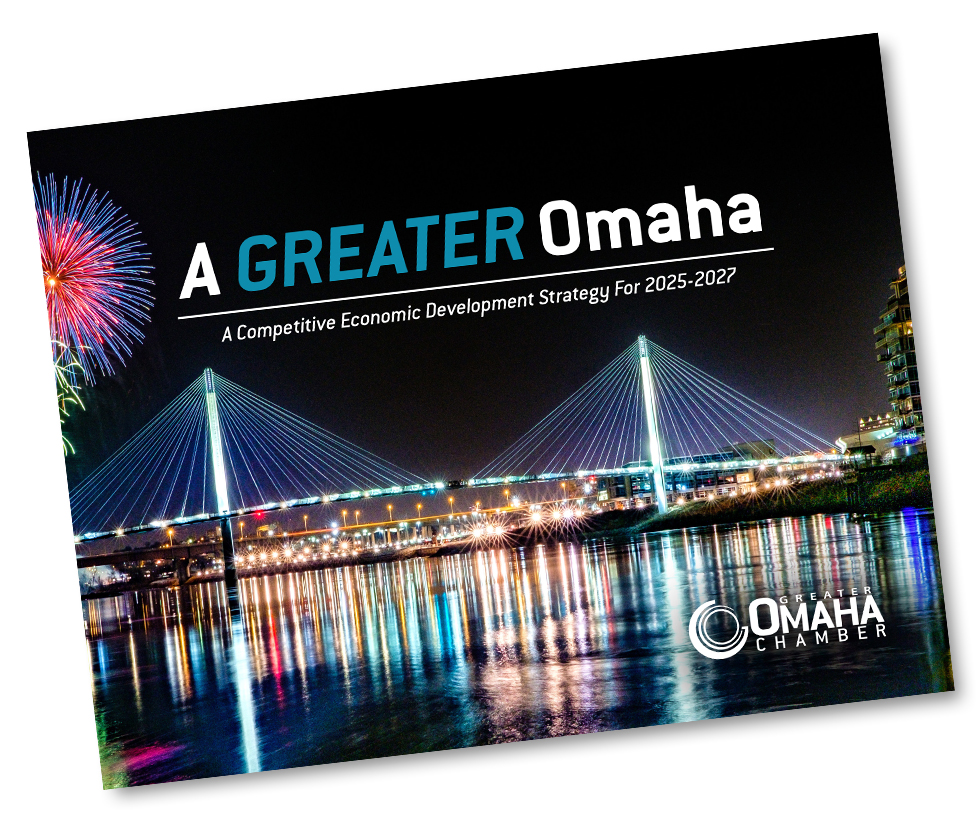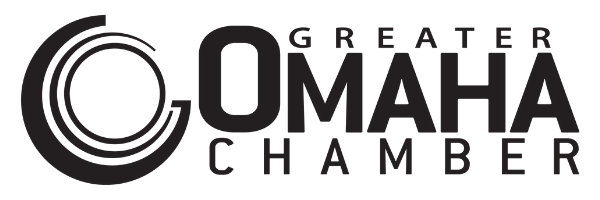

Welcome to a Fresh Perspective on Economic Development! We invite you to join us in the vision for A Greater Omaha.
Together, we can advance our region and continue its strategic growth.
Our Approach is Straightforward: We aim to be the best version of ourselves and outpace the competition to enhance our region.
This document outlines our strategy for business and workforce development over the next three years. The Greater Omaha Chamber’s
mission has always been to foster business growth and regional prosperity – with many successes to show for it. However, the landscape
has evolved significantly since our previous strategy was established six years ago.
We have begun to refocus our efforts to leverage current community assets and allocate resources more strategically to ensure
sustainable growth and better compete for both talent and business.
This plan accelerates Omaha. Our progress over the next three years will be evaluated not only by our actions, but also by
benchmarking data against other regions.
Three Key Elements of this Plan Include: Strategic Business Growth, Brain Gain and Destination: OMA.
I am looking forward to what we can accomplish together with this focused approach. Your partnership will help us build on our
momentum, making Omaha an even better place to call home.
Yours in service,

Heath Mello
President & CEO of the Greater Omaha Chamber

READ ONLINE
This document outlines our strategy for business and workforce development over the next three years.

You have a huge impact on our region’s competitiveness. When you partner with us, we
are able to best utilize our unique position of representing an eight-county economic Nebraska and Iowa
development region – Cass, Dodge, Douglas, Mills, Otoe, Pottawattamie, Sarpy and Washington Counties – and
operate as a comprehensive resource, driving growth and championing collaboration. Your support of
A Greater Omaha initiative gives us the edge needed to boost Omaha to the top of our peer competitors.
For detailed reports or up-to-date information on progress, please visit our website:
Visit OmahaChamber.org or OmahaChamber.org/economic-development.
Investment Opportunities & Continued Support:
To explore investing in A Greater Omaha or to continue your organization’s support, please contact
The Member Services Team (402)346-5000
Omahachamber.org
